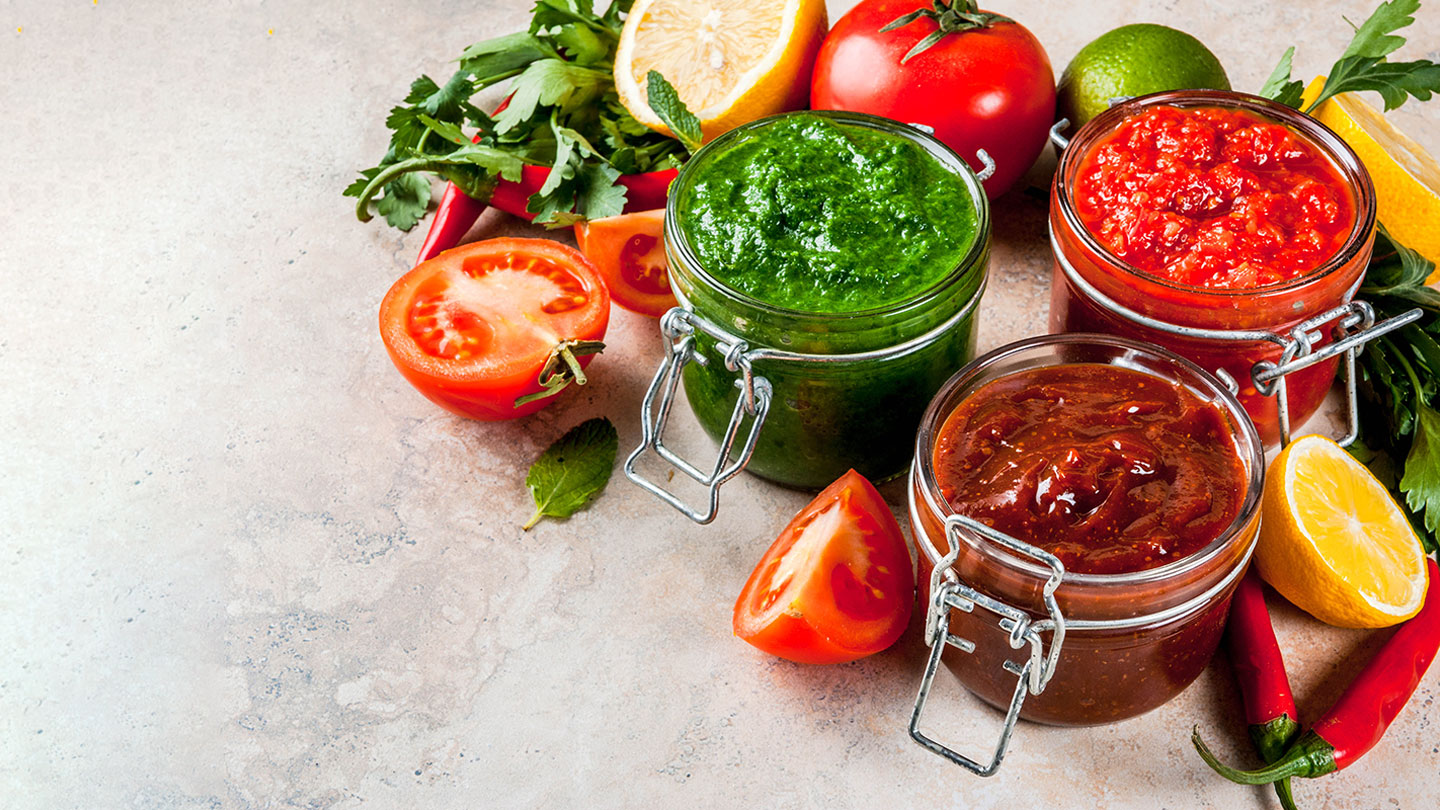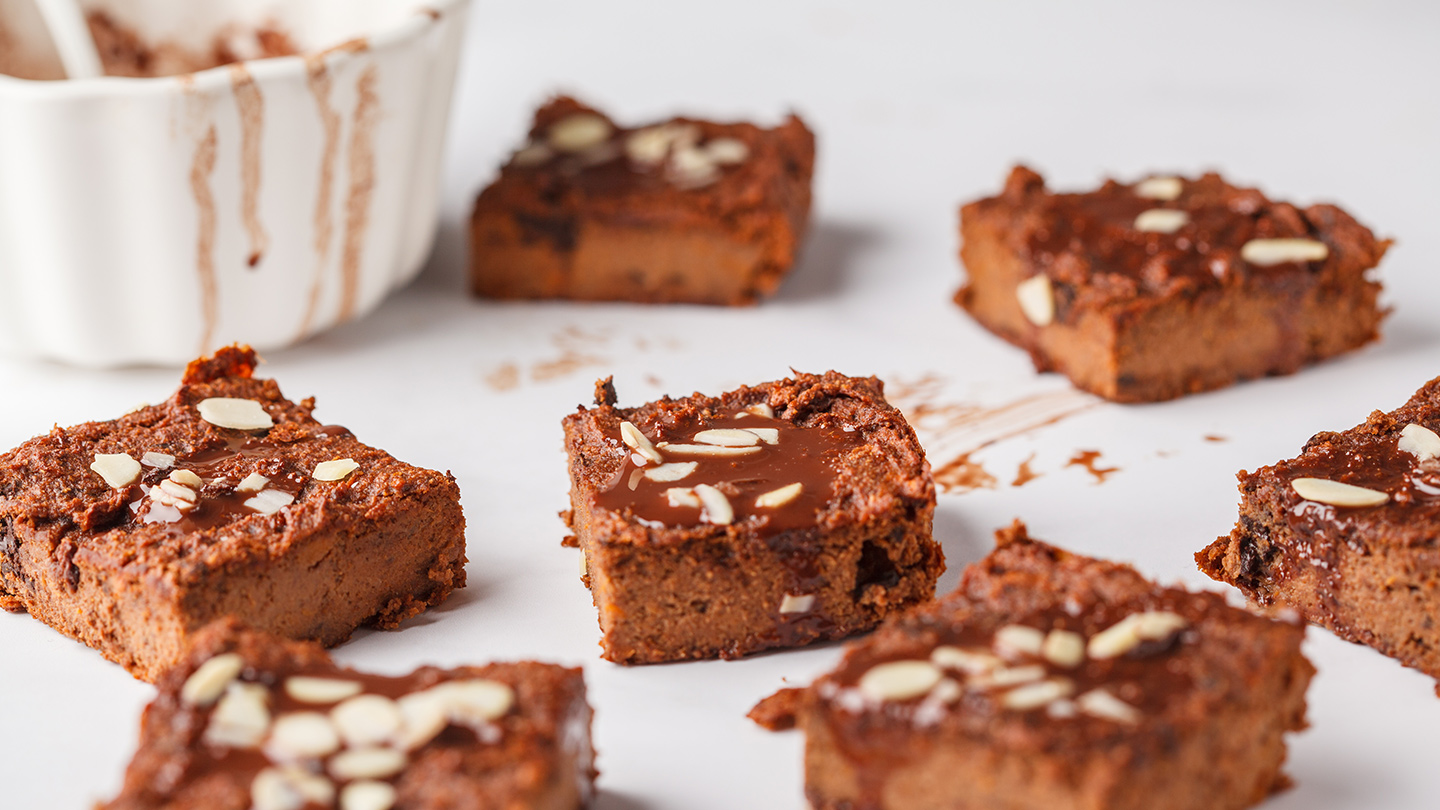Nutrition
Mighty Chutney—Powerhouse of Flavour And Micronutrients
Chutney is more than just a side dish. That fragrant dollop of chutney is loaded with enormous health benefits. Let’s find out what nutrients truly make it beneficial along with four chutney recipes.

Indian food is incomplete without a dash of sweet, sour, or spicy chutney. Be it dosa, chapati, biryani, pulao, or paratha, the Indian platter is always accompanied with complementary chutneys. The word chutney came from the Sanskrit word ‘chaatni’ which means ‘to lick’. The oldest known chutney in the ancient Indian wellness practice is ‘chyawanprash’ an amla paste (Indian gooseberry). There is much folklore about how the chutney came into existence in contemporary India.
Mint, tamarind, and coriander chutney are very common in every Indian household as a variety of dishes are paired with chutneys such as naan, paneer starters, and even south Indian platter. Chutneys are also eaten with several street foods like chaat, kachoris, momos, sandwiches, etc. Legend has it that in the 17th century when Mughal emperor Shah Jahan fell ill, his physician or hakim recommended him to eat spicy and easy-to-digest dishes. Considering this a part of the emperor's treatment plant, combining fresh herbs like mint and coriander took place. Thus, spicy mint and coriander chutney was invented.
Related story: Horse Gram Chutney
Hyderabad-based senior nutritionist at URLife Shereen Begum shares 4 unique chutney recipes that one must try to avail health benefits.
1. Besan Chutney
Chutney has the charm to transform any meal into a finger-licking delight. Apart from interesting flavours, chutney brings in antioxidants, protein, and loads of fibre. For instance, besan or chickpea flour is an excellent source of protein, Vitamin B, iron, folate, magnesium, zinc, and manganese. Consuming besan chutney can:
- Boosts metabolism
- Provides good fats in the body
- Helps in relieving constipation
- Makes bones stronger
- Lowers cholesterol
Related story: Healthy Monsoon Snacks: Chana Dal Kebabs
2. Gongura Chutney
Gongura or red sorrel leaves is an excellent source of folate and Vitamin A, C, and B6. It is also loaded with iron, antioxidants, calcium and zinc.
- Prevents liver and increases the quality of blood
- Reduces hypertension
- Prevents cancer
- Improves digestion and immunity
- Decreases chances of Urinary Tract Infections (UTI)
- Manages diabetes
Related story: Gongura Pechadi
3. Ridge Gourd (Turai) Chutney
Ridge gourd or turai has many health benefits. It is rich in essential components like dietary fibres, water content, Vitamin A, Vitamin C, iron, magnesium and Vitamin B6. It is naturally low in calorie content, unhealthy saturated fats and cholesterol.
- Promotes weight loss
- Relieves constipation
- Protects liver function
- Manages diabetes symptoms
- Revitalises skin texture
- Lowers body heat
- Enhances vision
Related story: Four Golden Rules To Snack Healthy
4. Curry Leaves Chutney
Curry leaves are rich in Vitamin A, B, C and B2. Curry leaves are also said to be a good source of iron and calcium. Because of this reason, curry leaves are used as part of folklore medicine to treat calcium deficiency. Curry leaves can also be used for weight loss, treating dysentery, constipation and diarrhoea.
- Relieves morning sickness and nausea
- Eliminates bacteria
- Good for diabetics
- Good for eyesight
- Reduce stress
- Hair growth
- Improves memory
Related story: Thotakura Mango Pickle
EXPLORE MORE
Bright, tangy, and naturally refreshing, this orange chutney offers a burst of citrusy sweetness with a gentle hint of spice. It’s the perfect accompaniment to elevate daily meals with freshness and depth.
Fudgy, rich, and naturally nutrient-packed, these sweet potato brownies offer deep chocolate flavour with wholesome ingredients that nourish as much as they satisfy.
Bright, earthy, and naturally prebiotic-rich, this beetroot salad is a refreshing gut-friendly bowl that supports digestion, boosts good bacteria, and adds colour to your everyday meals.
Rustic, bright, and full of fire-roasted flavour, this simple Bihari-style chokha turns everyday tomatoes into a smoky, tangy, comforting side that lifts everything, from litti to dal-chawal.






.jpg)

.jpg)
.jpg)
